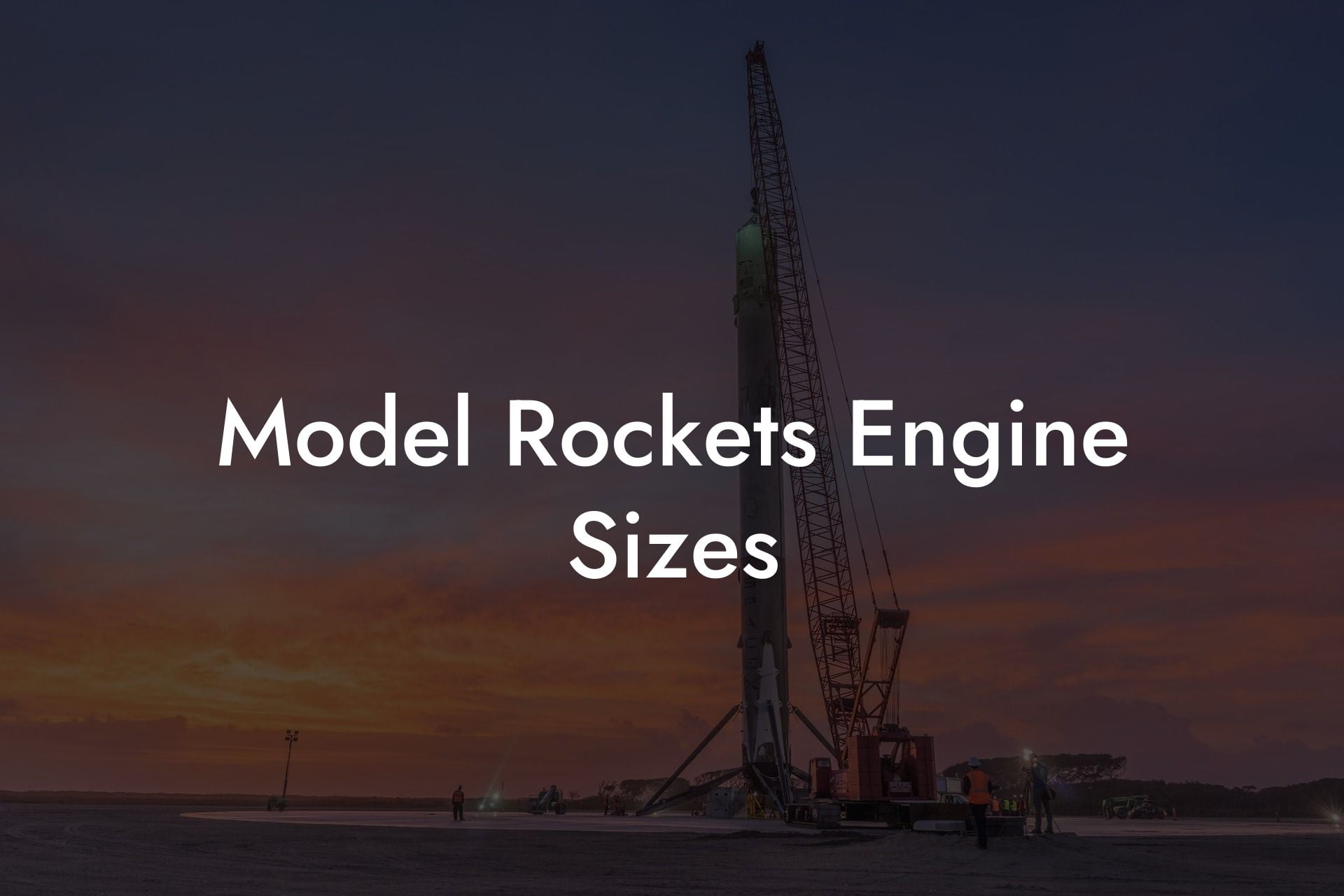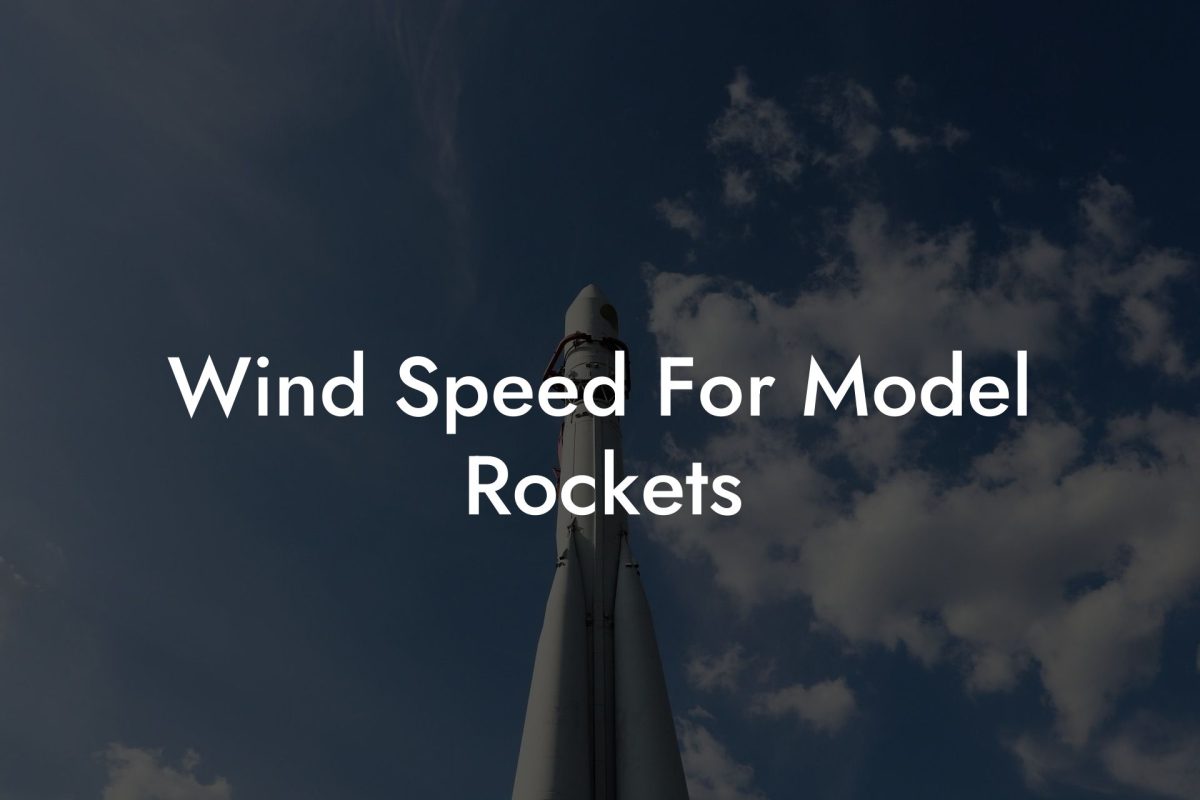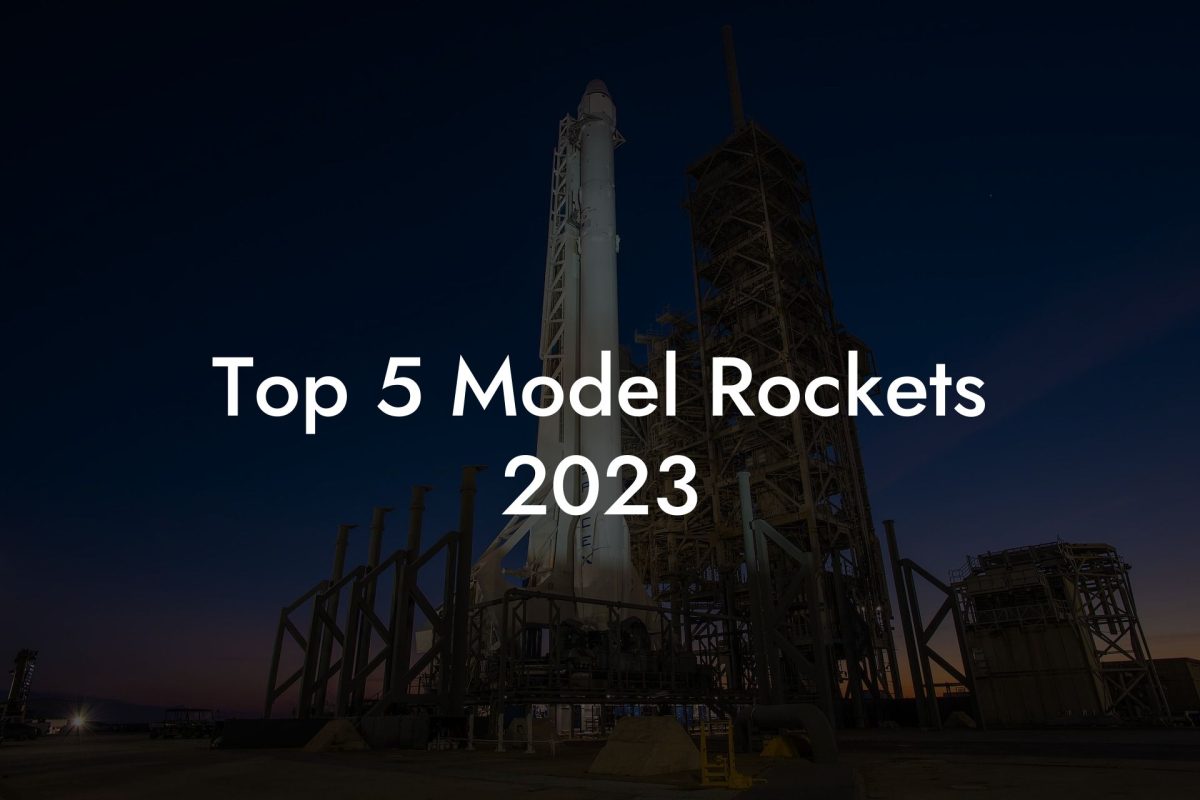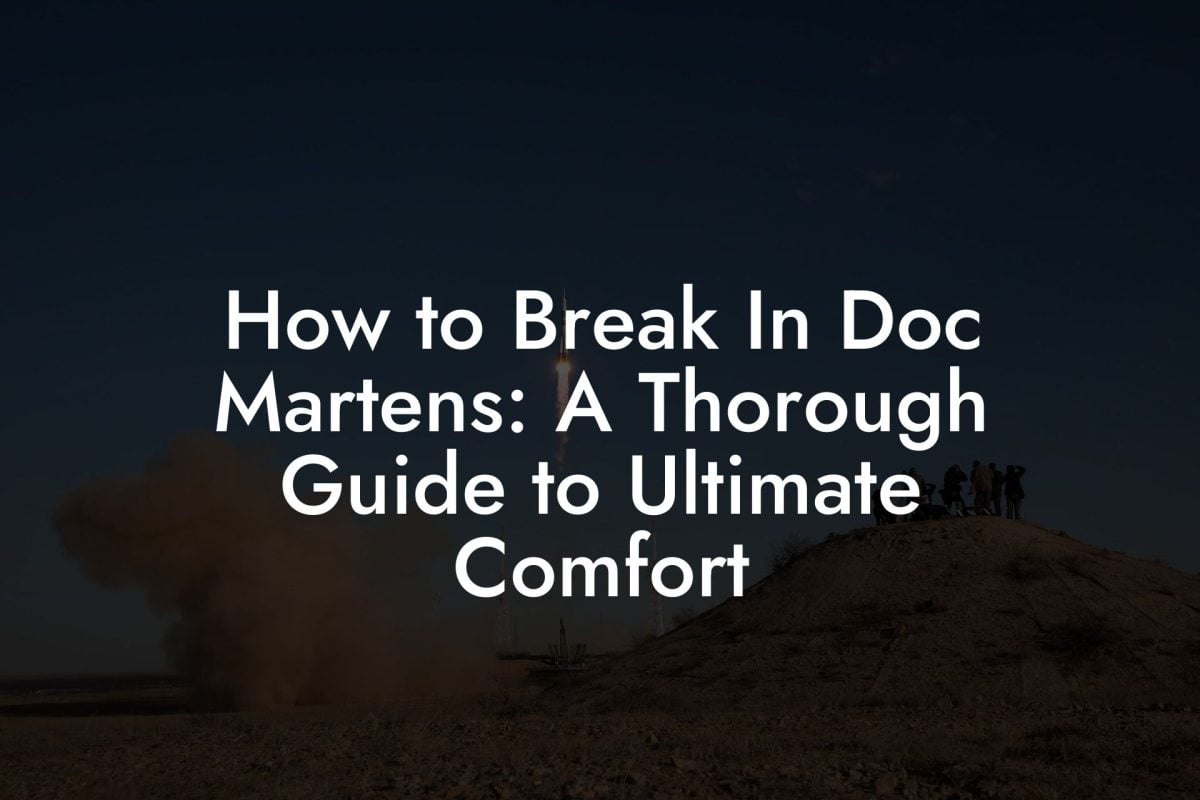Ignite your passion for model rocketry as we navigate through the fascinating world of model rocket engine sizes! Bring your aerospace dreams to life as you uncover the secrets behind model rocket engines and their sizes, and learn how to choose the perfect engine for your next launch. The sky is truly the limit!
Model Rockets Engine Sizes Table of Contents
Understanding Model Rocket Engines
Model rocket engines, also known as rocket motors, are the heart and soul of your model rocket. These small but powerful engines propel your rocket into the sky, giving you and fellow enthusiasts a thrilling experience. The engines work by burning a solid propellant mixture that produces highly pressurized gases. These gases are then expelled through a nozzle at the base of the engine, generating the necessary thrust to propel your rocket upwards.
Model Rocket Engine Nomenclature
Model rocket engines are designated by a letter/number combination, such as "A8-3" or "C6-5". The alphabet letter represents the engine's total impulse class, essentially its overall power class. Each letter in the alphabet denotes double the power of the preceding letter, i.e., B has twice the power of A, and C has twice the power of B, and so on.
The first number in the designation, typically following the letter, represents the average thrust measured in newtons. The higher the number, the more force propelling your rocket. The second number, which follows the dash, is the delay time (in seconds) between the end of the propellant burn and the activation of the ejection charge, which deploys the rocket's parachute.
Common Model Rocket Engine Sizes
- A Engines: The smallest and least powerful engine class, perfect for beginners and young model rocket enthusiasts.
- B Engines: Offering double the power of A engines, these create slightly more thrust and are suitable for larger model rockets.
- C Engines: With four times the power of A engines, the C engines are popular among experienced hobbyists for mid-sized model rockets.
- D Engines: Delivering eight times the power of A engines, D engines can carry larger and heavier rockets to higher altitudes.
- E, F, and G Engines: These engines boast substantial power, allowing rockets to reach dizzying heights and requiring proper certification to use.
Choosing the Right Engine Size for Your Model Rocket
Choosing the right engine size for your model rocket depends on various factors, including the rocket's design, weight, and desired altitude. Here are some factors to consider:
- Rocket Design: Different rockets have specific engine compatibility, and manufacturers usually specify the recommended engine classes for their products.
- Desired Altitude: The more powerful the engine, the higher the altitude. Larger engines can carry your rocket to higher altitudes and consequently allow for more advanced experiments like payload launches.
- Rocket Weight: Heavier rockets require more thrust, so you'll typically need a more powerful engine for more considerable payloads or intricate designs.
- Launch Conditions: Consider factors like wind speed and direction while selecting an engine to ensure stable and safe flights.
- Regulations: Be aware that certain higher-class engines may require specific certifications from organizations like the National Association of Rocketry.
Model Rockets Engine Sizes Example:
Imagine you have a beginner-level model rocket with a weight of 50 grams and a recommendation from the manufacturer to use an engine from the A or B class. If you use an A8-3 engine, your rocket might reach an approximate altitude of 100 feet. However, if you switch to a B6-4 engine, your rocket could ascend to around 300 feet, providing a more exhilarating experience.
Congratulations, space cadet! Armed with the knowledge of model rocket engine sizes, you're ready to begin your exciting model rocketry journey or enhance your current rocket experiences. Make sure to share this informative guide with fellow enthusiasts and explore other fantastic guides on Austin Rockets to expand your knowledge and master the art of model rocketry. Remember, the sky's no limit when it comes to your passion for rocketry!













